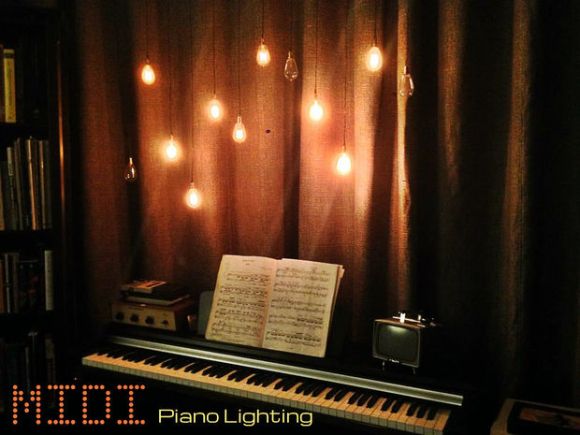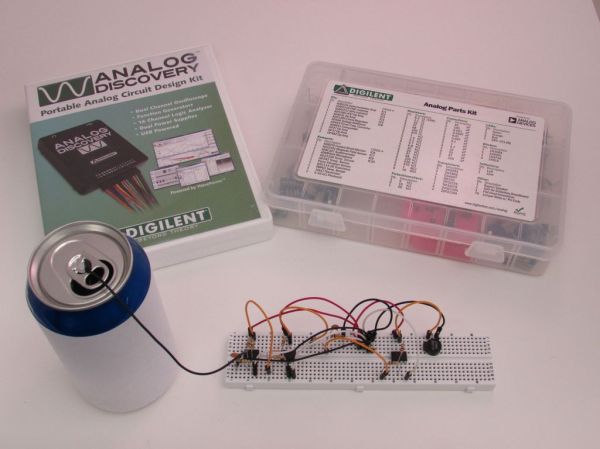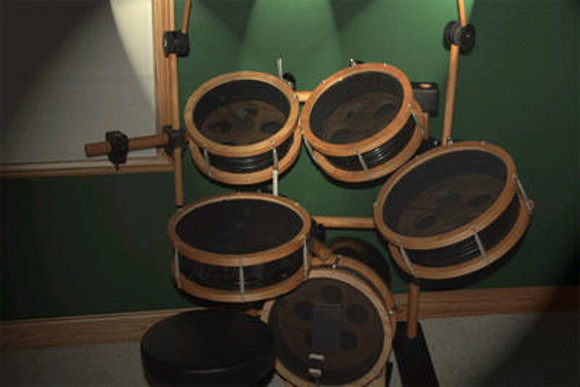
The great analog synths of Moog, Oberheim, Sequential Circuits, and more modern version from Doepfer are renouned for their sound, the sheer majesty of a rack full of knobs and plugs, and of course the price. Analog synths are simply expensive to build, and given that aficionados even scoff at digitally controlled oscillators, require a lot of engineering to build. [Jan]’s DSP-G1 isn’t like those analog synths – it uses microcontrollers and DSP to generate its bleeps and boops. It is, however, extremely cheap and sounds close enough to the real thing that it could easily find a home between a few euroracks and CV keyboards.
 The heart of the DSP-G1 is a micro from NXP modeling an analog synthesizer with 15 digitally controlled oscillators with Sine, Triangle, Pulse and Saw outputs, a low frequency oscillator, two envelope filters, and a low pass filter, or about the same accouterments you would find in a MiniMoog or other vintage synth from the 70s. Since this is basically a synth on an NXP LPC-810, [Jan] has packaged it in something akin to a MIDI to 3.5mm cable adapter: Plug a MIDI keyboard into one end, an amp into the other, and you have a synth smaller than the MIDI Vampire, an already impossibly small music creation tool.
The heart of the DSP-G1 is a micro from NXP modeling an analog synthesizer with 15 digitally controlled oscillators with Sine, Triangle, Pulse and Saw outputs, a low frequency oscillator, two envelope filters, and a low pass filter, or about the same accouterments you would find in a MiniMoog or other vintage synth from the 70s. Since this is basically a synth on an NXP LPC-810, [Jan] has packaged it in something akin to a MIDI to 3.5mm cable adapter: Plug a MIDI keyboard into one end, an amp into the other, and you have a synth smaller than the MIDI Vampire, an already impossibly small music creation tool.
[Jan] has a few more versions of his little DSP device with varying amounts of knobs available on his indiegogo campaign. The DSP-Gplug is the star of the show, though, provided you already have a MIDI keyboard with a few knobs for the required CC messages. Videos and sound demos below.

















